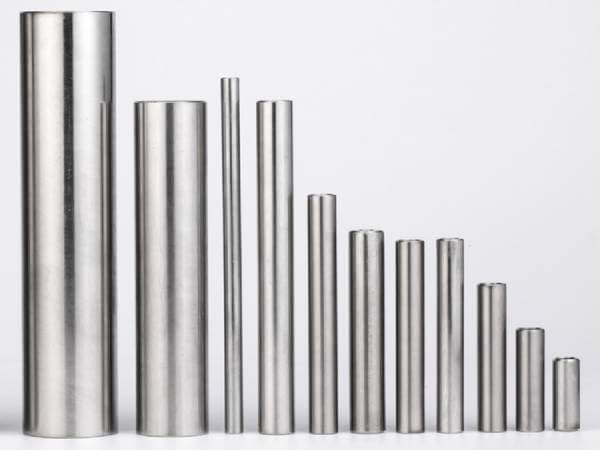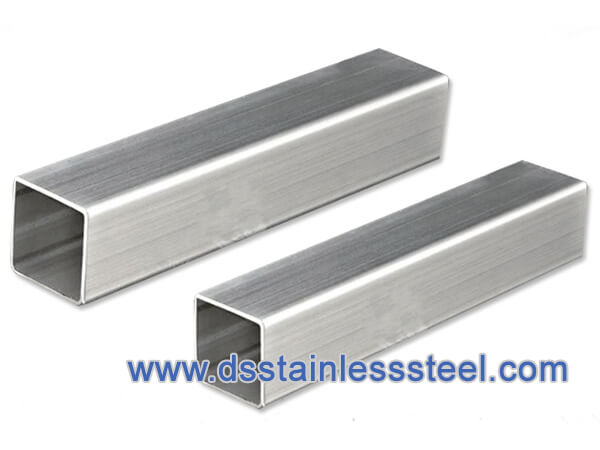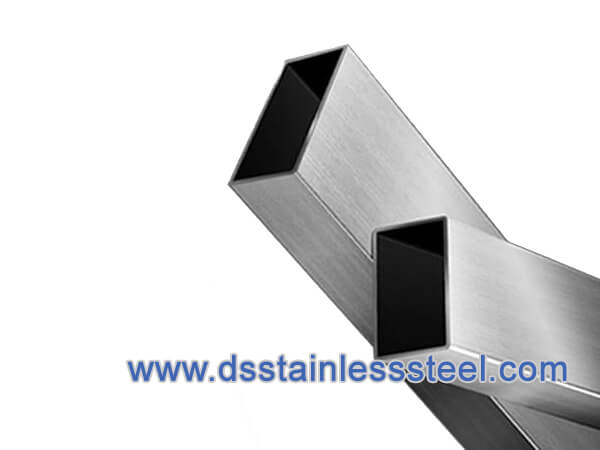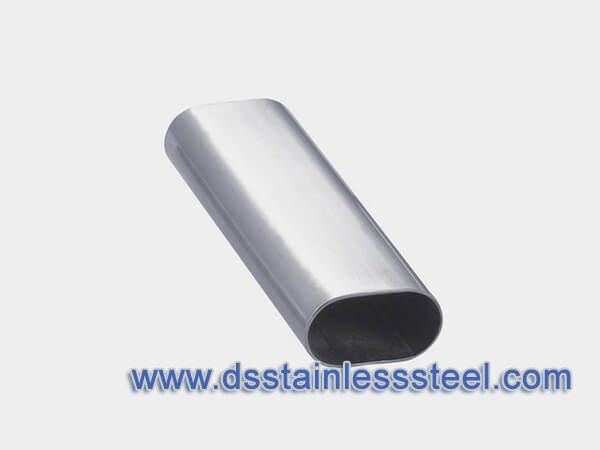
DONGSHANG Stainless produces stainless steel handrail tubing in a variety of finishes, shapes and lengths, 316/316L stainless steel marine grades are suitable for both indoor and outdoor use, 304/304L stainless steel options are a great budget option, handrail tubing is available in oval, square, round or RHS (rectangular hollow section), stainless steel tube is usually used for handrails, stairs, barriers & bollards.
Handrail tubes can combine with hundreds of variations of brackets, elbows, end caps and glass clamps to create stylish glass balustrades, stainless steel railings, or wall-mounted handrails. Stainless steel handrail accessories are used for handrail support or connection and fixation. The main varieties are handrail support, including connecting glass and handrail support against the wall, handrail connectors, including closure cover, elbow, movable elbow, tee, cross, decorative cover, connecting sleeve and handrail fixing, etc.
Handrail Tubing Surface Finishes
Many surfaces are finished for the option to meet all kinds of applications, all stainless steel tubes are available in mirror polish or satin finish.
- Mill finishing
- Brushed finishing/satin finishing
- 180 grit
- 240 grit
- 320 grit
- #8, mirror finishing
Handrail Tube Dimensions
- 1.000 inch OD (25.4 mm) Stainless Steel Tubing
- 1.250 inch OD (31.8 mm) Stainless Steel Tubing
- 1.500 inch OD (38.1 mm) Stainless Steel Tubing
- 2.000 inch OD (50.8 mm) Stainless Steel Tubing
- 2.500 inch OD (63.5 mm) Stainless Steel Tubing
- 3.000 inch OD (76.2 mm) Stainless Steel Tubing
- 4.000 inch OD (101.6 mm) Stainless Steel Tubing
- 4.250 inch OD (108 mm) Stainless Steel Tubing
The wall thickness of each tube varies, custom lengths can be cut on request,
Various Shapes of Stainless Steel Tubing
After different polishing processes, the formation of mirror, matte, brushed surfaces and other modern industrial processing of decorative effects, and stainless steel in cold processing, hot processing, welding and other aspects, stainless steel handrail tubes have good physical properties., and superb mechanical properties and superior corrosion resistance, making the product a good anti-horizontal load performance, anti-vertical load performance, resistance to soft impact performance, to protect the use of building safety. In addition, stainless steel guardrail and solar photovoltaic power generation systems, solar vacuum tubes, and vacuum collector panels combined application, so that the stainless steel guardrail uses green, clean, environmentally friendly solar energy for the benefit of mankind, and long service life, low maintenance costs of the efficacy of the reduction or even the elimination of pollution at the same time, greatly reducing energy consumption, energy saving and environmental protection effect.
How To Clean Stainless Steel Handrail
- Choose the right cleaner: Neutral detergents or specialized stainless steel cleaners with a soft cloth are recommended for cleaning. Avoid using cleaners containing abrasives or metal brushes that may scratch the surface at all.
- Daily cleaning: For daily cleaning, you can use vinegar and water mixed at a ratio of 1:1 and spray it on the handrail, wait for a few moments and then wipe it off with a dry cloth. Vinegar not only cleans but also works as a disinfectant.
- Remove fingerprints and smudges: glass cleaner is particularly effective in removing fingerprints from handrails. Spray, wait a few moments and then wipe clean with a cloth.
- Remove Rust: For rust stains, use toothpaste to apply to the stain and then wipe clean. If the rust is severe, consider using 10% nitric acid or a specialized rust remover to clean it up.
- Regular maintenance: For regular maintenance of stainless steel handrails, you can use special stainless steel care solutions or waxing to prolong the service life and keep the shine.
- During the cleaning process, care should be taken to avoid using tools that may damage the stainless steel surface, such as steel wire cleaning balls or brushes that are too hard in texture, as well as heavily acidic solvents. Rinse with water and wipe dry after cleaning to remove all cleaning agent residues.



